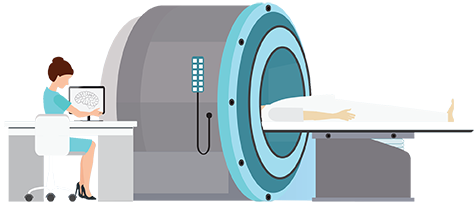

Radiologic professionals capture images of the inside of the body using highly advanced equipment in order to detect and diagnose diseases and illness. They play a vital role in the diagnosis process by identifying the cause of problems so that physicians can then create a treatment program.
Here are some descriptions of different careers within the field of radiology:
If you are interested in pursuing a radiology career within Hawaii, this article will help you identify radiology salaries, schools and programs within the state.
Here is a short guide for those interested in becoming a radiologic technologist in Hawaii. Remember this job requires a college education and state licensure.
Below you can see the average salary in Hawaii for different radiology careers. Remember that salaries may vary depending on a professional’s experience and education.
| Career | Total Employment | Annual Mean Wage |
|---|---|---|
| Cardiovascular Technologists and Technicians | 180 | 61,160 |
| Diagnostic Medical Sonographers | 150 | 90,250 |
| Magnetic Resonance Imaging Technologists | 110 | 86,260 |
| Nuclear Medicine Technologists | 60 | 89,260 |
| Radiologic Technologists | 600 | 72,720 |